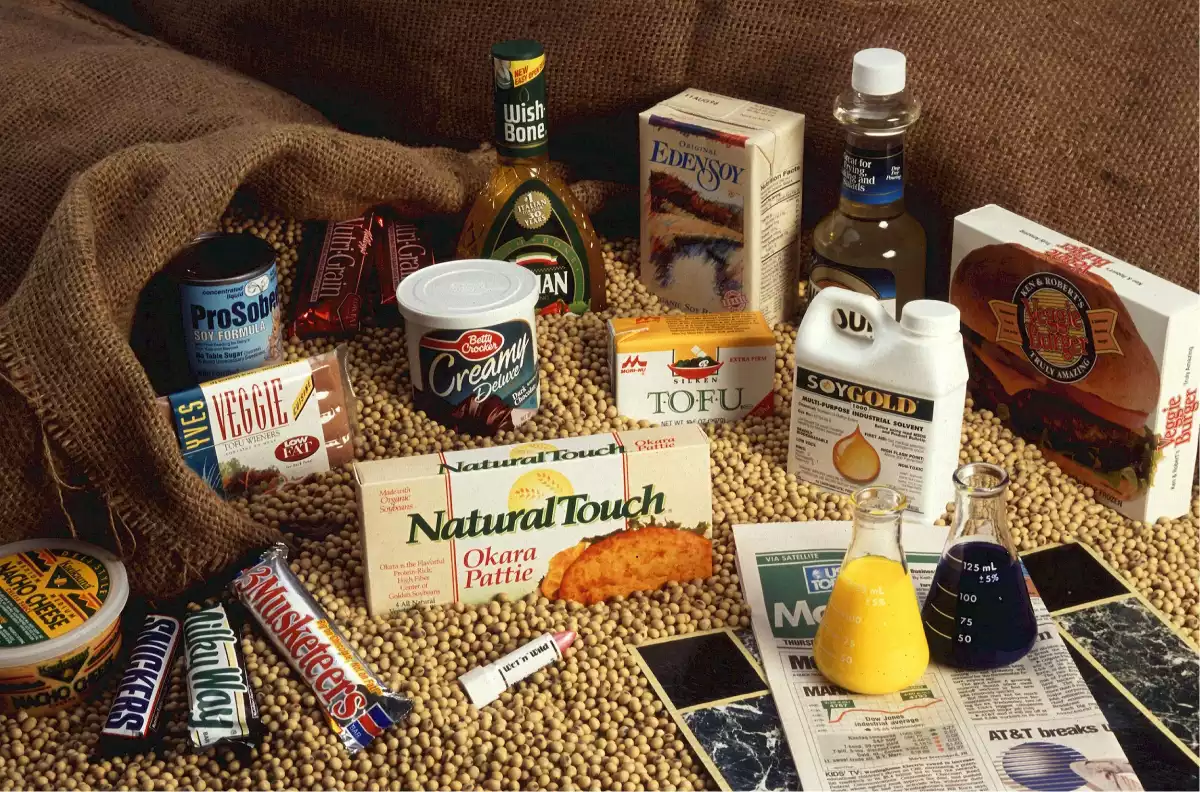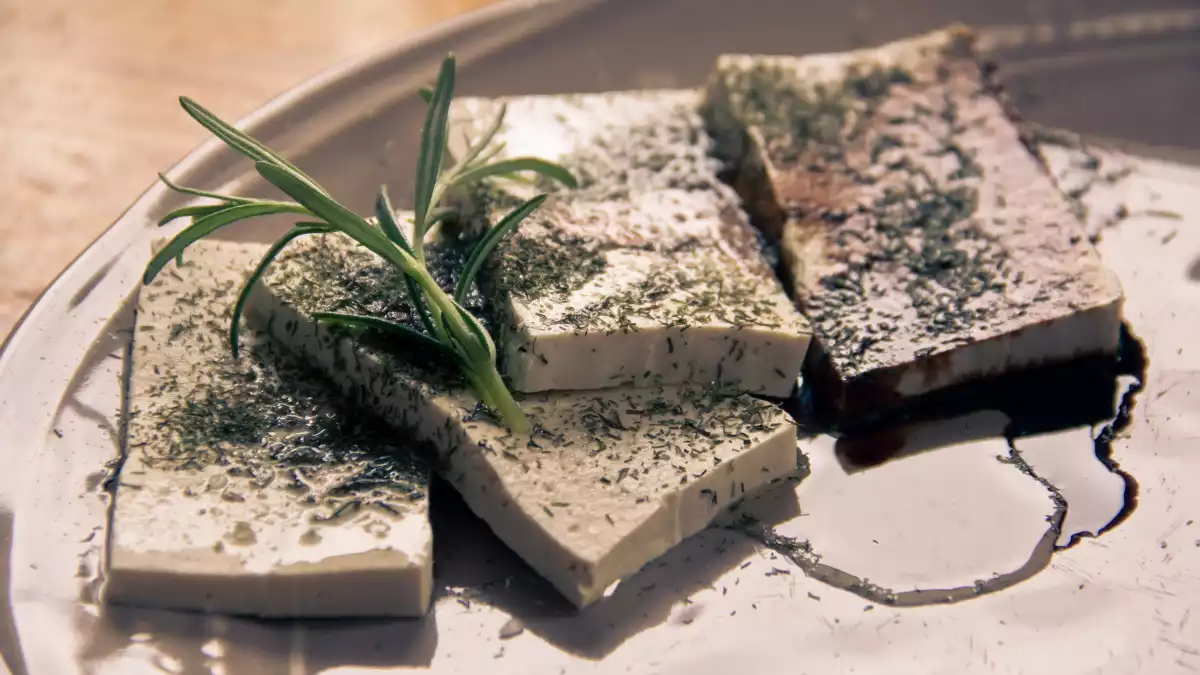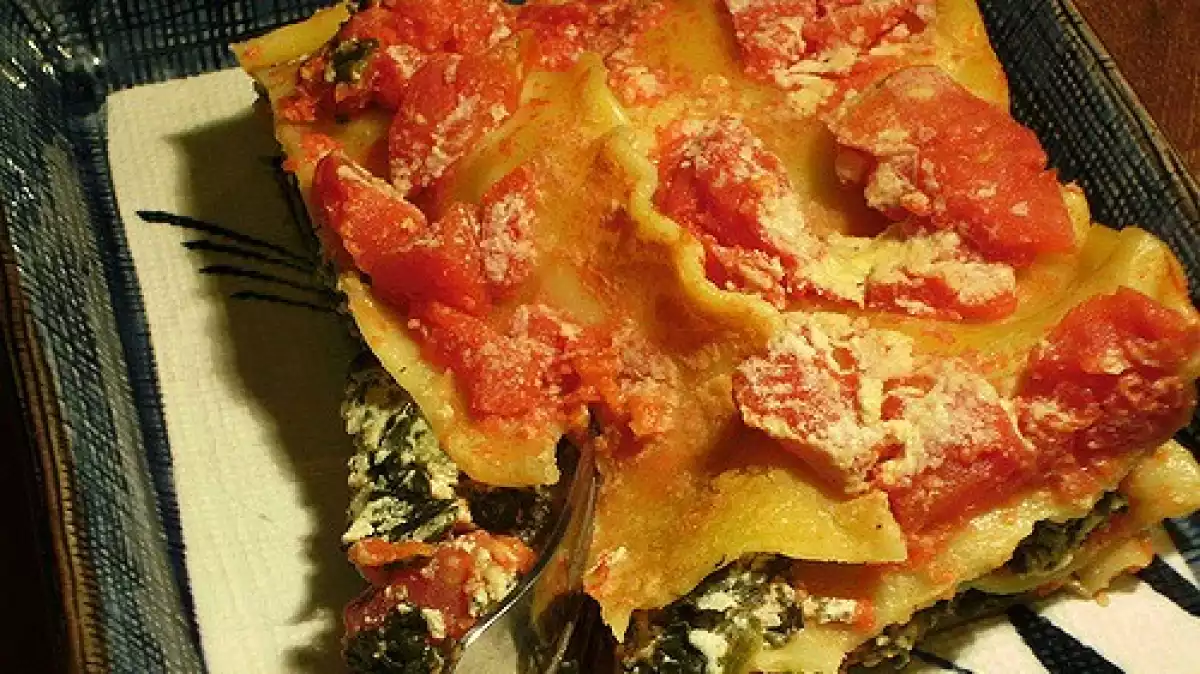
Tofu is a Chinese creation that is made from soybeans, water, and coagulant agents. It is a typical side dish in Asian cuisine, especially in China and Japan, which has launched a trend of eating tofu that has reached all corners of the world.
An increase in vegan and vegetarian recipes has also caused this surge in tofu demand as well as the food's nutritional values which place it high on the "healthy food" list. We will have a look at what tofu is, what its health benefits are, and list the different varieties of tofu.
What is tofu?
Tofu, also known as bean curd, is food prepared by coagulating soy milk and then pressing the resulting curds into solid white blocks of varying softness. The process resembles cheese making from milk.
The coagulants used in the curdling process tend to be from calcium sulfate. Also known as gypsum, calcium sulfate is quarried from geological deposits, and no chemical processing or refining is needed, making it the cheapest coagulant used in tofu production.
The production of tofu is similar to the output of dairy cheese by coagulating the milk of dairy animals to form curds and pressing and aging the curds to create cheese. Typical tofu making procedures are cleaning, soaking, grinding beans in water, filtering, boiling, coagulation, and pressing. The result tends to be white cubes, with a firm texture.
Tofu was first made in China in the Han dynasty, some 2000 years ago, and its use extended to Japan and the rest of the Asian continent progressively. Many theories associate the use of tofu with the emergence of Buddhism in the area - for the monks, who must abstain from meat, tofu was a vital source of protein.
Nowadays, tofu has become a staple food in vegan, and vegetarian diets and more and more people eat it daily. Using herbs and spices is an ideal way of seasoning tofu which makes it a perfect ingredient in soups, salads, and stews.
Tofu, however, does not have a flavor or smell of its own which is why many people chose to eat it with soy sauce, sesame sauce, or spicy food.
Health benefits
Tofu has many health benefits primarily its high content of protein - firm tofu contains 10% of the daily recommended intake of protein. This nutritional fact connects tofu to lower levels of cholesterol and triglycerides.
Aside from protein, tofu contains high levels of iron, calcium, and magnesium, depending on the coagulant agents used in the process.
Although science doesn't fully support these traditional claims, China has been using tofu for decades as a home remedy to detox the body, fight cholesterol and cure obesity, among others.

How to cook tofu?
Tofu is not only healthy food but also an easy-to-use ingredient in various types of recipes, both vegetarian and vegan.
Below, you can explore three delicious and quick tofu recipes that will hit the spot every time.
1. Tofu cannelloni with spinach
We will need the following ingredients for this easy-to-make vegetarian tofu recipe.
Ingredients:
2 tbsp olive oil
Olive oil
1 onion, chopped
3 garlic cloves, finely chopped
800g cans chopped tomatoes
50g pine nuts, roughly chopped
400g bag spinach
pinch grated nutmeg
349g pack silken tofu
300g pack fresh lasagne sheets
4 tbsp fresh breadcrumbs
Method:
First, heat half the oil in a pan, add onion and 1/3 of the garlic and fry for 4 mins until softened. Pour in tomatoes, season and bring to the boil. Reduce heat and cook for 10 mins until sauce thickens.
Heat half of the remaining oil in a frying pan and cook another 1/3 of garlic for 1 min, then add half the pine nuts and the spinach. Wilt spinach, then tip out excess liquid. Blend tofu in a food processor or with a hand blender until smooth, then stir through the spinach with the nutmeg and some pepper. Remove from the heat; allow to cool slightly.
Next, heat the oven to 200C (fan oven) - 180C (gas oven). Pour half tomato sauce into a 20 x 30cm dish. Divide spinach mix between lasagne sheets, roll up and lay on top of sauce. Pour over the remaining sauce and bake for 30 mins.
Finally, mix crumbs with remaining garlic and pine nuts. Sprinkle over top of the dish, drizzle with remaining oil and bake for 10 mins until crumbs are golden.

2. Tofu escalopes with vegetables and black olive sauce
Another healthy option for those wishing to substitute meat is the vegan tofu escalopes with vegetables and black olive sauce recipe. You will need the following:
Ingredients:
600g small new potatoes
396g pack firm tofu drained and pressed
2 tbsp light soy sauce
3 tbsp plain flour
50g parmesan (or vegetarian alternative), finely grated
2 lemons, both zested, 1 juiced, 1 cut into wedges
50g dried breadcrumbs
1 egg
1 heaped tsp mustard
2 tbsp vegetable or sunflower oil, for frying
100g bag watercress or arugula
Ingredients for the olive sauce:
2 garlic cloves
50g basil stalks chopped
2 tbsp small capers, drained
4 tbsp extra virgin olive oil, plus extra to serve
pinch of sugar
50g dry pitted black olives, sliced
Method:
First, steam or boil the potatoes for 20 mins or until tender. Cut the pressed tofu into four rectangles, then slice each square in half.
Next, lay the slices on a plate and sprinkle over the soy sauce. Set aside for 5 mins.
Meanwhile, make the olive sauce. Put the garlic, basil, capers, oil, and sugar into a food processor with 3 tbsp lemon juice. Pulse until roughly chopped. Stir in the olives and season with pepper and a little salt.
The following step is to put the flour on a plate and season with pepper. On another plate, mix the parmesan and lemon zest into the breadcrumbs. Beat the egg, mustard and 2 tsp water in a wide bowl. Pat 1 slice of tofu in the flour, then dip into the egg and coat with the breadcrumbs. Set aside. Repeat process until all the tofu is coated.
Lastly, heat the vegetable oil in a wide frying pan over medium heat. Fry the tofu gently until golden brown, about 5 mins each side. Slice into finger-width strips with a serrated knife, then mix with the watercress and potatoes. Spoon over the olive sauce, drizzle over a little extra olive oil, and serve with lemon wedges on the side.

3. Soba noodle and edamame salad with grilled tofu
This low-fat, vegetarian recipe is easy to make and packed full of nutrients. Substitute edamame beans for broad beans if needed.
Ingredients:
140g soba noodles
300g fresh or frozen edamame (soy) beans
4 spring onions, shredded
300g bag beansprouts
1 cucumber, peeled, halved lengthways, deseeded with a teaspoon and sliced
250g block firm tofu patted dry and thickly sliced
1 tsp vegetable oil
a handful of coriander leaves, to serve
Ingredients for the dressing:
3 tbsp mirin
2 tsp tamari
2 tbsp orange juice
1 red chili, deseeded and finely chopped
Method:
First, in your smallest saucepan, simmer the ingredients for 30 secs, then set aside.
Next, boil noodles following the pack instructions, adding the edamame beans for the final 2 mins cooking time. Rinse under very cold water, drain thoroughly and tip into a large bowl with the spring onions, beansprouts, cucumber, sesame oil, and warm dressing. Season to taste.
Finally, brush tofu with the vegetable oil, season and grill for 2-3 mins each side – the tofu is very delicate so turn carefully. Top the salad with the tofu, scatter with coriander and serve.

Five types of tofu
Despite the range of options, tofu products can be split into two main categories: 'fresh tofu,' which is produced directly from soy milk, and 'processed tofu,' which is produced from fresh tofu.
Fresh tofu
Depending on the amount of water used when making, different tofu varieties can be softer or harder in texture.
Fresh tofu tends to be sold submerged in water, which protects its texture until consumed. The following four types of tofu are derived from this primary type of soy food.
1. Silken tofu
This undrained, unpressed Japanese-style tofu has the highest water content and a custardy texture. Silken tofu can have different consistencies depending on how much soy protein it contains. It tends to be eaten boiled or raw, with a little seasoning.
Silken tofu (or soft tofu) works well in creamy and blended foods like smoothies, desserts, puddings, salad dressings, sauces, and dips. It can also be used as an egg substitute in baking.
2. Firm tofu
The curds in a firm block are tight and visible; it should feel solid, with little give. Its firm body takes on a slightly rubbery texture during cooking.
Firm tofu absorbs flavors well and can be stir-fried and pan-fried. It’s also great crumbled and used in tofu scrambles and as a substitute for ricotta cheese.
3. Extra firm tofu
This variety of tofu contains the smallest amount of water, it is pressed for longer, and it has the consistency of cooked meat. This tofu is excellent for slicing, cubing, and all kinds of frying: pan-frying, stir-frying, deep-frying. It can also be baked, grilled, and crumbled and used as ground meat.
Processed tofu
There are two main ways of processing tofu, which helps preserve the food for more extended periods before consumption.
4. Fermented
Pickled tofu, or fermented tofu, consists of dried bits of tofu placed into salt and wine water or Chinese vinegar. Another type of processed tofu is stinky tofu which is soft tofu that has been fermented in a vegetable and fish brine.
5. Frozen
You can slice the tofu before freezing if you want it to thaw faster. Freezing changes the texture of tofu drastically and almost magically: when ice crystals form, they create small holes in the tofu, making it far spongier, firmer, and chewier than it was before. To enjoy, defrost (either in the microwave or in warm salt water), throw in a pan and cook following your favorite tofu recipe.
Check out the original article: Tofu: qué es, propiedadesnutricionales, variedades y recetas con tofu at viviendolasalud.com
References:
Hurtleff, W. & Aoyagi, A. (2013). History of Tofu and Tofu Products (965 CE to 2013). Soyinfo Center.
Hou, H. J., Chang, K. C. & Shih, M. C. (1997). Yield and Textural Properties of Soft Tofu as Affected by Coagulation Method. Journal of Food Science, 62.
